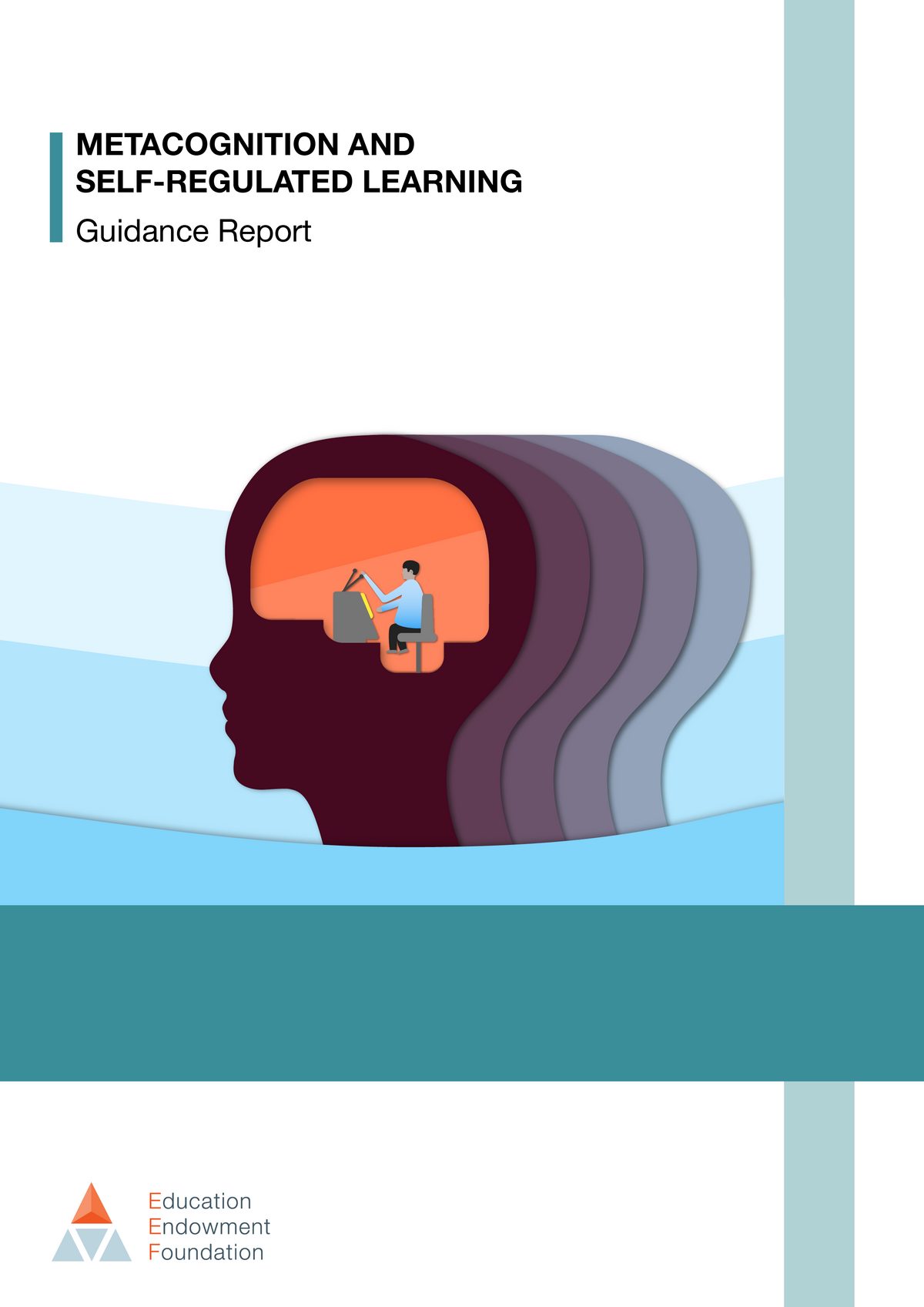.JPG)
We talk a lot about metacognition in school. Here is a nice example from an early years class...
Ben held up a line drawing of his ideas machine and explained how it might work.
“Ideas are like bubbles that pop in your head. They float around a bit before they come out of your mouth”, said the five-year-old.
“The bubble machine in your head is where ideas are made, some bubbles just float away because they are no good, other bubbles join up to make a bigger bubble, and some just pop out of your mouth when you didn’t know they were there!”
In this example, Ben’s thinking and talking about the learning process in his own words and pictures. It’s an example of what metacognition can look like in the early years.
Building on prior knowledge
Before this, Ben and his peers had been looking at machines and how they work. They were interested and well-motivated to learn: they understood that there needs to be an input or active ingredients that go through a process to bring about change to create an output or product.
He had built on this prior knowledge to create his design on paper.
Supporting learning conversations
There had been lots of learning conversations too: conversations while the children were building machines from loose parts, when they were creating connections to make channels of water flow along a pipe, or when there were problems to solve.
As a result, Ben understood the importance of connecting the parts, controlling the flow, and measuring the output.
It was these purposeful, playful construction activities that helped Ben to establish a frequently used, step-by-step strategy to complete a task.
Thinking aloud
The explicit modelling and teaching of vocabulary gave him the confidence to think aloud using the language of possibility -“we could try this” or “I wonder if …” – and to test out his ideas and learn from his mistakes using the language of encouragement.
His 3D constructions were recorded through clipboard designs and digital images, so they could be represented on paper as 2D designs. These shifts in perspective gave Ben new ways of looking at an object; a side view, a bird’s –eye-view.
The children in Ben’s reception class went on to find out more about the learning process; why the phrase “practice makes perfect” made sense to them; how to work together on a collaborative project; and, what to do when it all goes wrong and the machine does not work, the water channel leaks, and the elaborate structure of building blocks comes tumbling down!
All of these are important lessons in metacognition that can be revisited and reused in later years.
The role of the adult is to facilitate opportunities for these kinds of metacognitive conversations during collaborative problem solving with a child. This can help lay the foundations for structured reflection and future planning.
What the evidence says
Evidence suggests the use of metacognitive strategies, which get pupils to think about their own learning, can lead to up to seven months’ additional progress when used well. However, while the potential impact of these approaches is very high, particularly for socio-economically disadvantaged pupils, less is known about how to apply them effectively in the classroom and with younger children.
When you look at the recommendations in the EEF’s Guidance Report, keeping in mind a five-year-old child like Ben, you start to see the potential and the benefits of teaching metacognitive strategies in the early years:
The teacher could develop Ben’s knowledge of how he learns by:
- Activating his prior knowledge before he goes into independent practice.
- Modelling their own metacognitive thinking when with Ben. ‘What do I know about problems like this? What ways of solving them have I used before?’
- Proposing an appropriate level of challenge to promote Ben’s self-regulation and metacognition. For example, through questions like: “How could you make sure your tower is protected from the Big Bad Wolf?”
- Using observation to assess Ben’s use of self-regulated learning skills.
Finally, metacognition should not be an ‘extra’ task, but built into interactions with children like Ben as part of their daily routine, interests, and activities.

